Hi, in contrast to earlier posts today lol I wondered if there was an off the shelf solution to mounting a blade on a brushless motor? What is the standard shaft size and can you get adapters etc? Please may you give some info, differences in motors, what the numbers mean, common motors used, recommended controllers, pictures of your setups etc? Need to get me some of this spinner action.
Announcement
Collapse
No announcement yet.
Mounting a spinner
Collapse
X
-
Of the shelf? Not really. You can come close but it still needs a fairly decent amount of precision metalwork.
Places like technobots and beltingonline will be able to modify pulley bores to whatever size for you if you are in need, this does ramp up the cost. HTD3 is a good size to use if you're going the timing belt route. I now prefer O ring style belting.
You should not be really direct driving off of stock motors at this class.
the numbers on a brushless motor generally denote physical size, a 2826 outrunner is 28mm in diameter by 26mm long. Power wise anywhere from 200w to 500w I feel is okay at this size.
Kv is how fast the motor will spin per volt, so a 1000kv motor on 12v will spin 12,000 RPM.
Controllers I found the turnigy plush range to be fairly decent with the right programing.
Case study time.


Here you can see a very simple pulley setup. It is set screwed onto the output shaft of a brushless motor. Dual belts are fancy but may not be necessary for your design. The bearings are in the bulkheads and the robot runs a live shaft.
The other way I've done things is using a dead shaft (12mm) and putting the bearings inside the pulleys which bolt to the weapon disc. This I feel is the better way of doing things.


The pulley is built around the can of the motor instead of on the shaft because I didn't need that much reduction and it saves a lot of space.
Any more specific questions I'm happy to answer.
-
Luckily Lynx is going through a complete rebuild so it's all apart ready for pics, Harry pretty much covered everything but i might as well throw my 2 pence in. As Harry said you don't really want to direct drive motors in the beetle class, the first Lynx bent it's 12mm silver steel shaft like a banana and most brushless shafts are between 3-5mm......you see where i'm going.
Lynx's set up is pretty much the same as Harry showed (heck he made it), theres a 50mm diameter pulley with an 18mm bore, this will fit a needle roller bearing with a 12mm bore. The pulley is held to the blade by 2 12.9 grade m5 bolts, then there's a 12mm 12.9 grade bolt acting as the weapon shaft, it's a dead shaft so the blade spins around it.
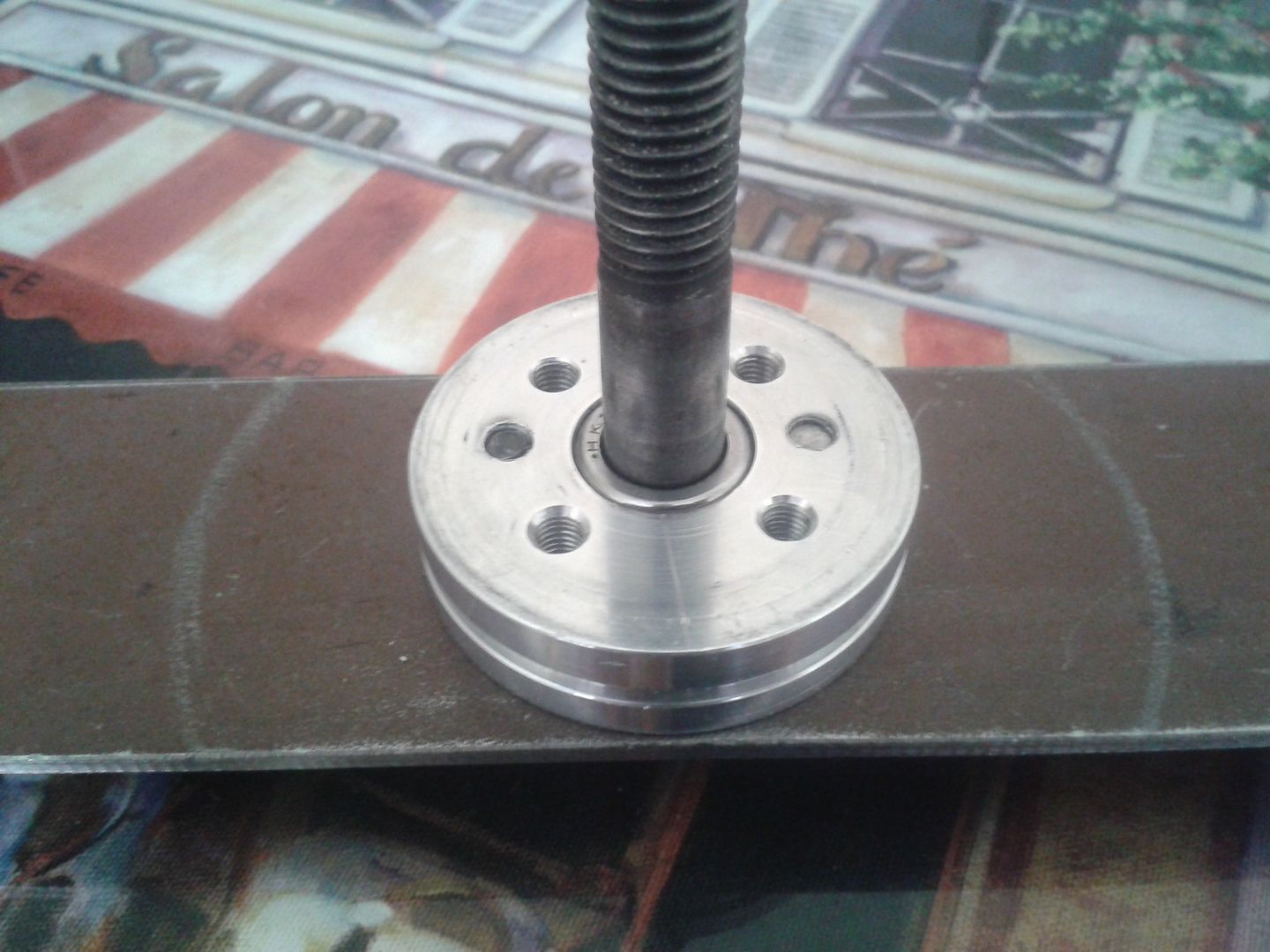
The shaft goes through the base of the robot (it's an undercutter after all) and is supported by a massive Aluminium block again with a 12mm bore, a nyloc then holds everything in place.
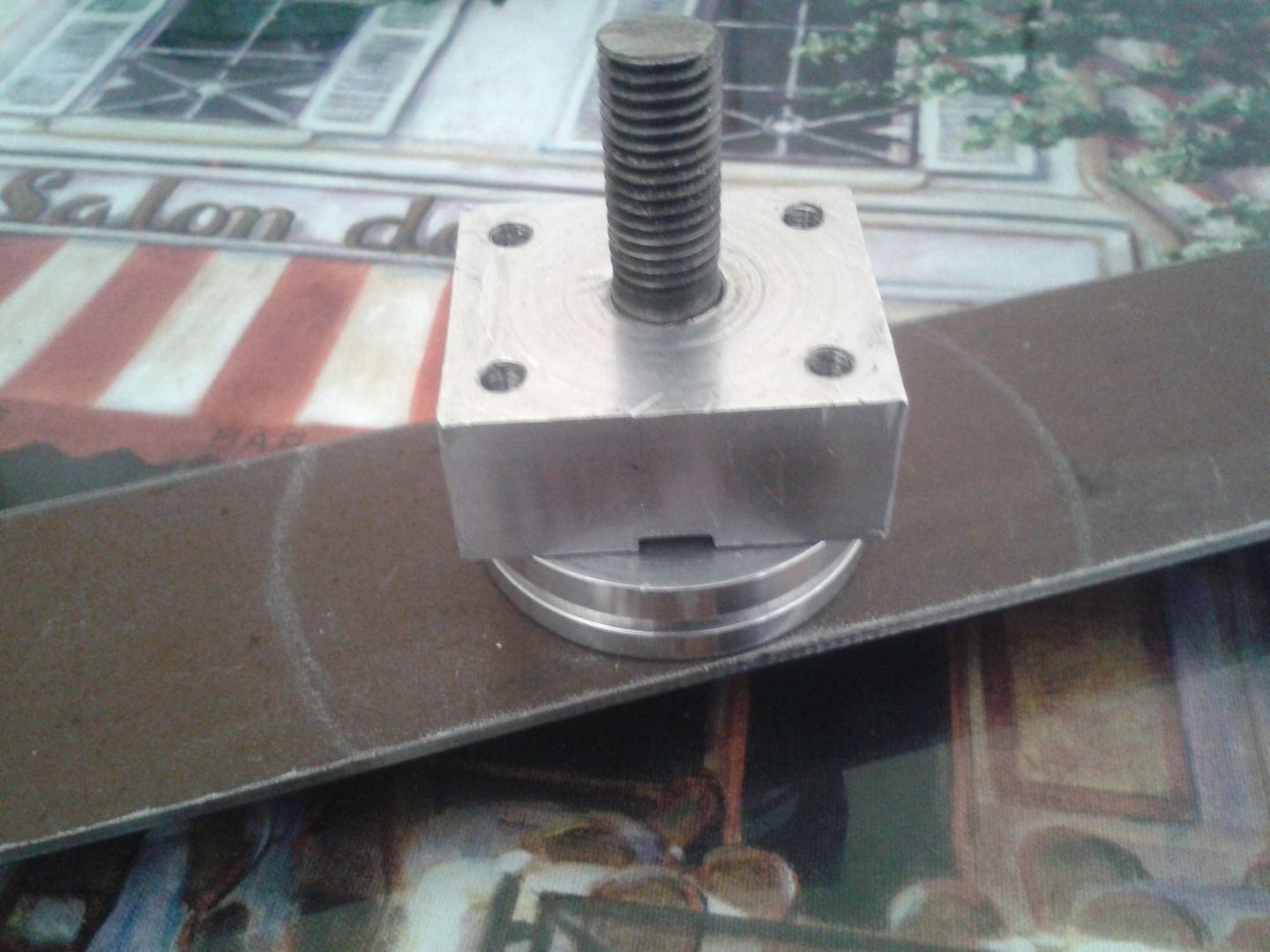 The motor pulley just slips over the output shaft of the brushless motor and is held in place with a grub screw, my set up gives roughly a 2:1 reuction i.e the main weapon pulley is double the size of the motor pulley.
The motor pulley just slips over the output shaft of the brushless motor and is held in place with a grub screw, my set up gives roughly a 2:1 reuction i.e the main weapon pulley is double the size of the motor pulley.

Motors!
The size of the motor you use really depends on the size and weight of the weapon you want to spin, in Lynx i've always used an NTM 3536 (35mm diameter, 36mm long) 1800kv (1800 rpm per volt). This motor is overkill really, it's 875 watts at 4s and 700w at 3s but i went for the highest rated motor i could find for the size, because i'm silly. The current brushless is a bit tired now so i'm switching to a Turnigy 3548 1100v, this motor is bigger which means it has more torque but it's also less rpm per volt, i'm running it at a higher voltage (4s instead of 3s) which gets me roughly the same top speed but much more torque.
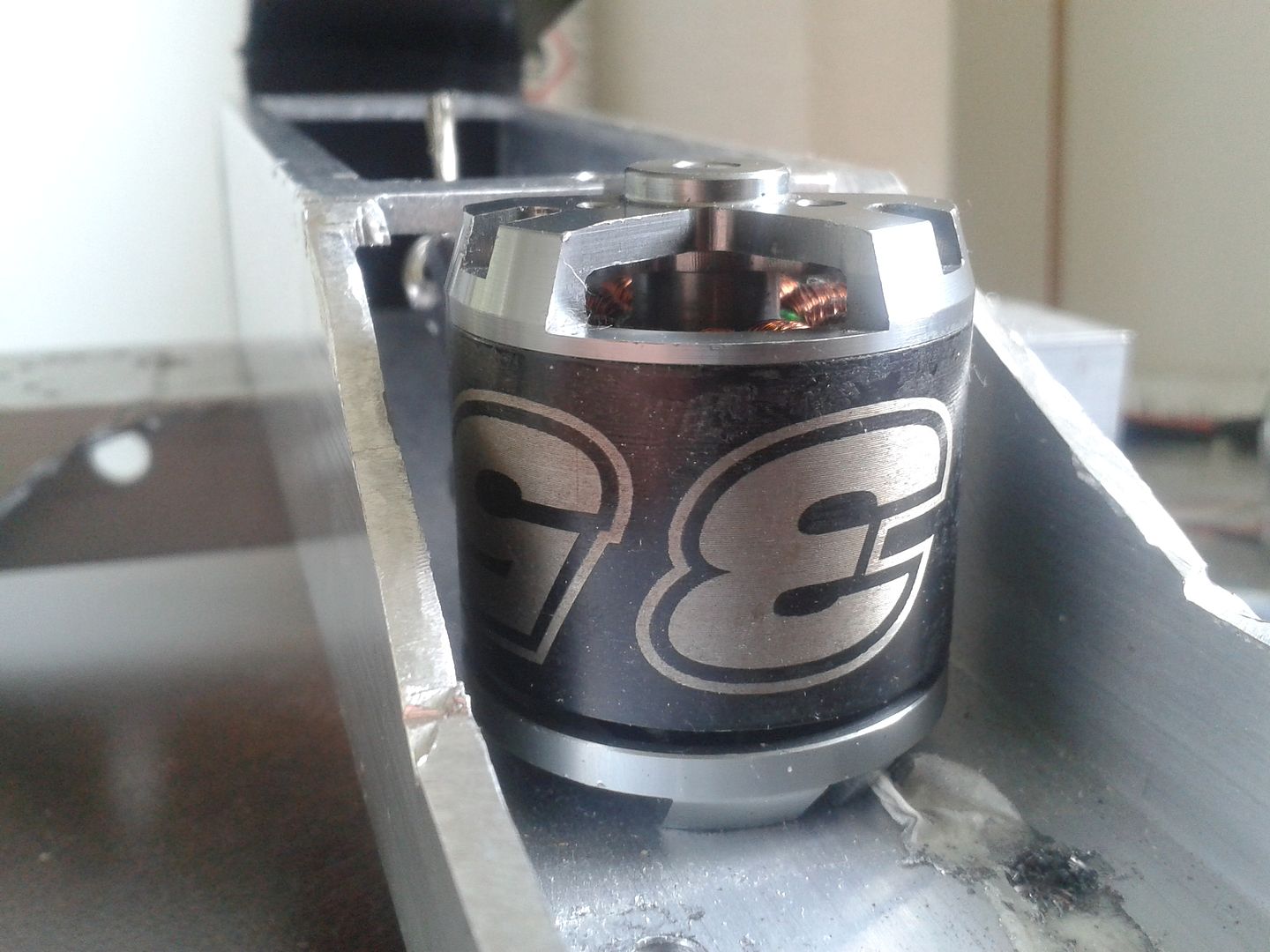
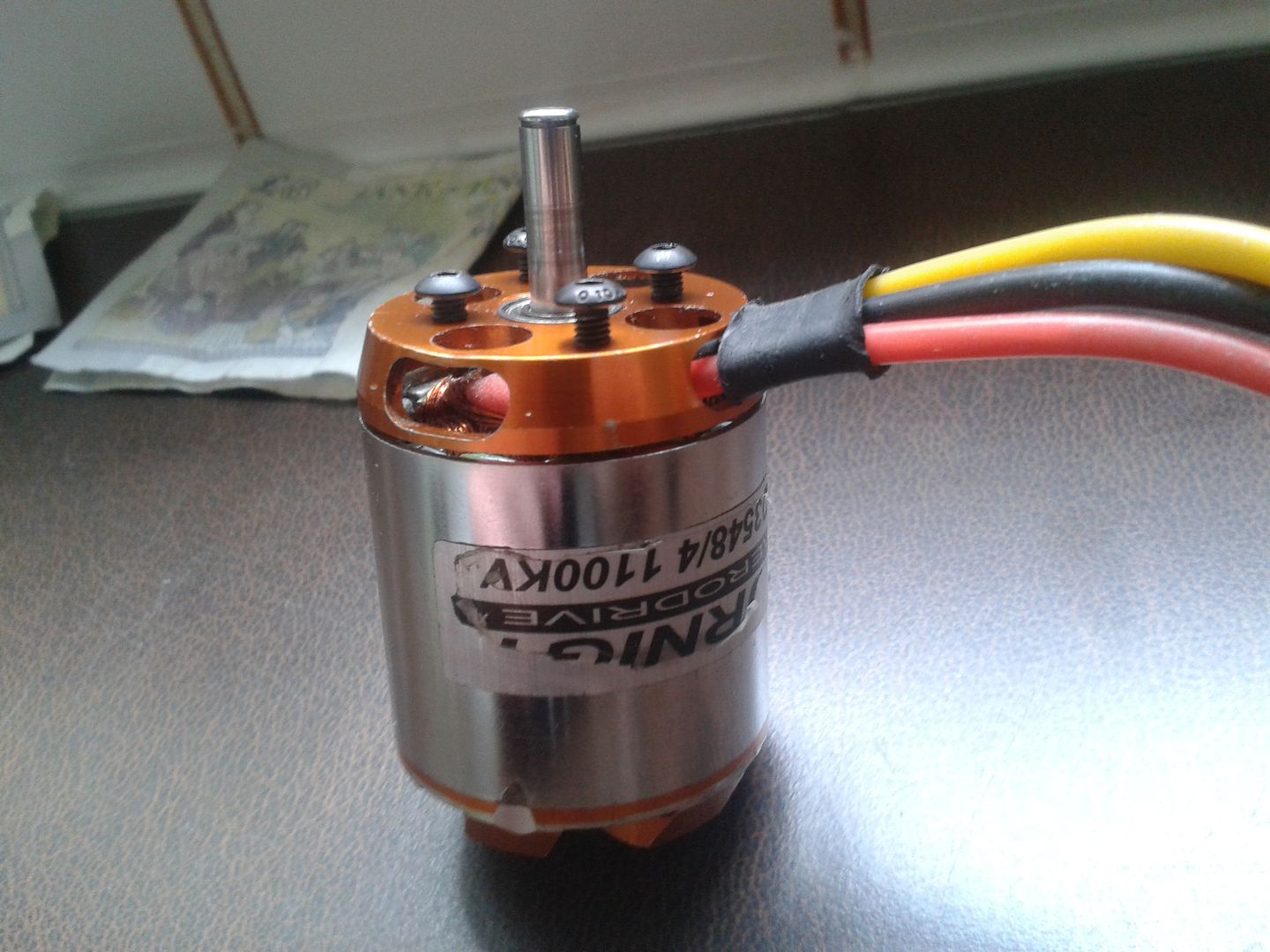
Speed controllers!
With Lynx i've been using a YEP 80a esc but that's broken so i've switched to just a standard Hobbking 50a esc, these come with a few basic programming options and from what i've seen of it in testing are great budget esc's. Hobbyking will usually tell you what amperage esc you will need for the motor you're buying but as long as you have a bit of a bumper you should be fine. I.E if your motor peaks at 60a buy a 70a esc just in case.
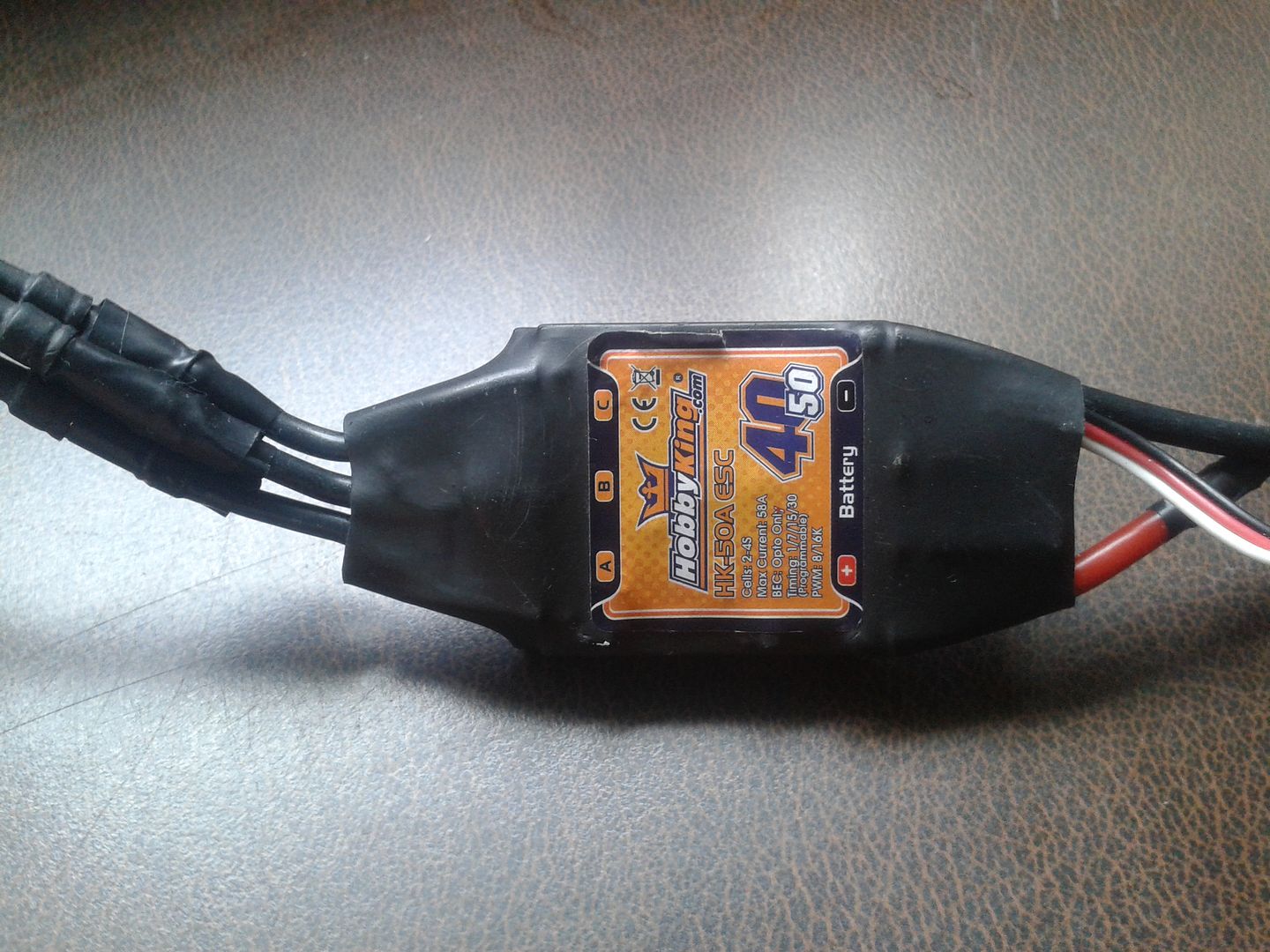 Hope this helps, sorry for the thread hijack, any questions just ask.
Hope this helps, sorry for the thread hijack, any questions just ask.
Comment

Comment